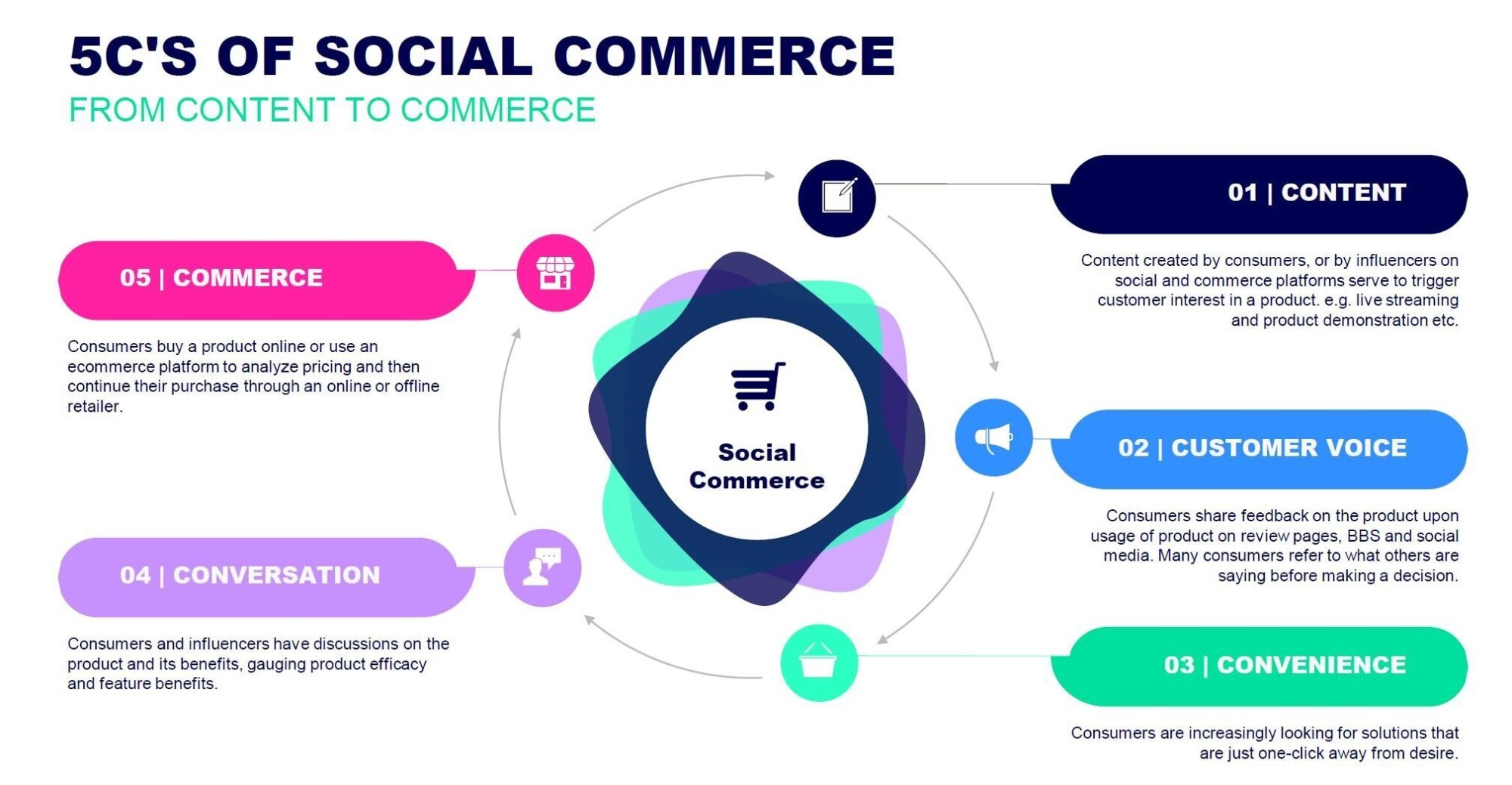This article was originally published by Toolbox.com.
2020 was a year of tremendous strife and technological tailwinds.With cloud computing and digital transformation transforming the way we manage business and personal interactions, many user behaviors have transformed forever. In Malcolm Gladwellian talk, it takes 10,000 hours to adopt a habit into permanence. To accommodate digital transformation, we saw a surge in the number of online payment providers, digital currencies and cyber security solutions that enabled brands to cater to the emerging digitally native class of consumers.
The new shoppers are socially savvy and are consuming content from a barrage of different sources. Online streaming services have woken up to the notion that user content is gold and that all new forms of content should be viewed from the vantage point of monetization, not just engagement. In fact, Gen Z behavior is transforming the habits of the remaining population. In the parlance of millennials, brands with hip user experiences and support for Twitter, TikTok and Snap-verses will reign supreme for the next decade.
With that in mind, here are some trends that CEOs and CMOs should be aware of in 2021.
Trend #1: Social Is The New Normal
Social has taken over because social has the power to add more users to generate momentum around and validate a shopping experience. Social combines content, customer voice, convenience, conversation and commerce, which are important facets to how digitally native users think about their own purchasing journey. In fact, each organization should consider empowering its Head of Social Media to think about the overall growth funnel (AARRR – Acquisition, Activation, Retention, Revenue and Referral) from the vantage point of the 5Cs highlighted in the image below, not just user acquisition.
(Source: World Federation of Advertisers)
In addition, each social media service provider has its unique ad format to enable brands to create their own ads to enable brands to generate and redirect impressions to their web and mobile platforms. Platforms like Facebook and Instagram provide collaborative and catalog ads that enable any e-commerce marketplace or brands to digitize their inventory and monetize their content. Depending on the target persona, being present on multiple platforms might be warranted.
For example, for beauty brands targeted at young professionals, it is recommended to be on Facebook, Instagram and Pinterest. For influencer, music and sports brands, TikTok, Spotify and Instagram may be the correct approach. Each campaign may require a different flavor, depending on geography, time of year or audience type. Whatever the user and campaign goals maybe, digital marketers will increasingly be deploying a large portion of their marketing budget towards social media providers.
Trend #2: Sound Security & Privacy Are Paramount
With digital transformation accelerating e-commerce online, it is important to be mindful that cyber security threats and attacks will also be on the rise. Having a robust information security posture is important to mitigate the threat of coordinated cyber attackers. These practices must also follow the emerging regulatory requirements with regards to compliance and privacy. GDPR and CCPA should be considered during market expansion, M&A and product development. Three types of e-commerce security that solution architects, CISOs and VP of e-commerce should be mindful of:
- Data security: Amazon Web Services, Microsoft Azure and Google Cloud have their own proprietary tooling to ensure that the networking, database, storage and security requirements of any cloud architecture reside with a single cloud service provider (CSP). Most CSPs have their own strengths and cater to a multi cloud or hybrid cloud approach. Regardless of CSP or vendor (Example: Okta, Ping Identity etc), being vigilant about personal identifiable information (PII) protection via data encryption, business continuity and disaster recovery processes, dynamic vulnerability assessments, incident response optimization and strong access controls is very important.
- Networking security: Malware, phishing and denial of service (DDoS) attacks can lead to erroneous user experiences. Not only are they responsible for general email security, but have a direct implication on impression response time and related user experience. With global competitive threats on the rise and supply chains becoming more dextrous with regards to shipping and inventory management, brands need to consider the implications of lagging networking security on multi-touch attribution.
- Payments security: The launch of new payment providers digitally and via point of sale (POS) has been on the rise. Stripe, Adyen and Nuvei are some of the larger digital providers, while Square, Par Technology and Lightspeed POS have their own POS based security. Shopify has recognized the growing importance of payments security and has its own solution. Brands optimizing for omnichannel customer experiences (CX) should consider building an all encompassing dashboard that monitors and optimizes the payment processing and management performance across providers.
Trend #3: Buy & Build
The landscape for brands across industries has become increasingly competitive. Moore’s law has enabled small startups to acquire the user audiences of brands that took 20 years to build. The larger CPGs are on the hunt to maintain their global dominance via acquisitions, skunkwork digital brands and new vendor capabilities. Most large brands have come to realize that the way to beat agile younger companies is to maintain focus on strengths and outsource those activities that take time and effort to build.
Take P&G for example: Recognizing the user behavior and gap in the market, P&G purchased The Art of Shaving and Dollar Shave Club. These brands use powerful social and video marketing techniques to drive products to consumers. These techniques are not impossible to build in-house. Take Wonder Beauty: a brand built by Unilever to take on the digitally native beauty market. Wonder was envisioned and pioneered by in-house digital marketing personnel. However, Unilever supplements its build efforts with acquisitions like Olly and Tatcha.
For brands being built in-house, brand GMs can focus on brand operations and market expansion, and let vendors like Jivox assist the growth of e-commerce Marketing via paid and organic media. Alternative solutions like Shoppable assist CPG companies to transform their web and mobile brands into DTC ready e-commerce platforms. With very lean teams, brands can achieve the footprint of decade old behemoths with natural efficiencies retained via keeping teams leaner and more agile.
Trend #4: Personalization & Automation In Shipping & Loyalty
Most brands focus on the preCommerce (Prospecting and Retargeting) experience. These goals are important and determine the conversion volume and return on ad spend (ROAS) on media and ad spend. However, postCommerce activities have also become a leading indicator in overall brand commerce and loyalty.
New brands are recognizing that shipping experience (including pickups and returns) and loyalty programs are vitally important to keeping customers coming back and mitigating the risk of competing platforms. Besides integrating with Jivox to augment CPGs and brands to be able to sell via Amazon, platforms like Narvar and ShipStation enable brands to build their own shipping and loyalty programs. These platforms communicate the status of items bought as well as enable upsell purchases via dynamic creative to enable the customer to spend more time in-app. The loyalty programs also give brands the prowess of an Amazon Prime and Walmart+ for a higher purchase repeat rate and reduced order cart abandonment.
Looking ahead into 2021, I am excited to see the rise in growth companies that are taking market share across APAC, EMEA and LatAm like Shopee, Lazada, Zalando and MercadoLibre. More digitally native platforms like Allegro, Ozon and StockX indicate that platforms are specializing in the digital era for more personalization and convenience. I am especially excited by the global momentum and volume in trade activity across new IPOs and SPACs like AirBnB, UpStart, DoorDash, Hims and Hers, OpenDoor and Katapult to name a few. If history is any guide, whilst we might be in a stock market bubble, we are definitely upping the quality and expectations successfully of new products and companies.


